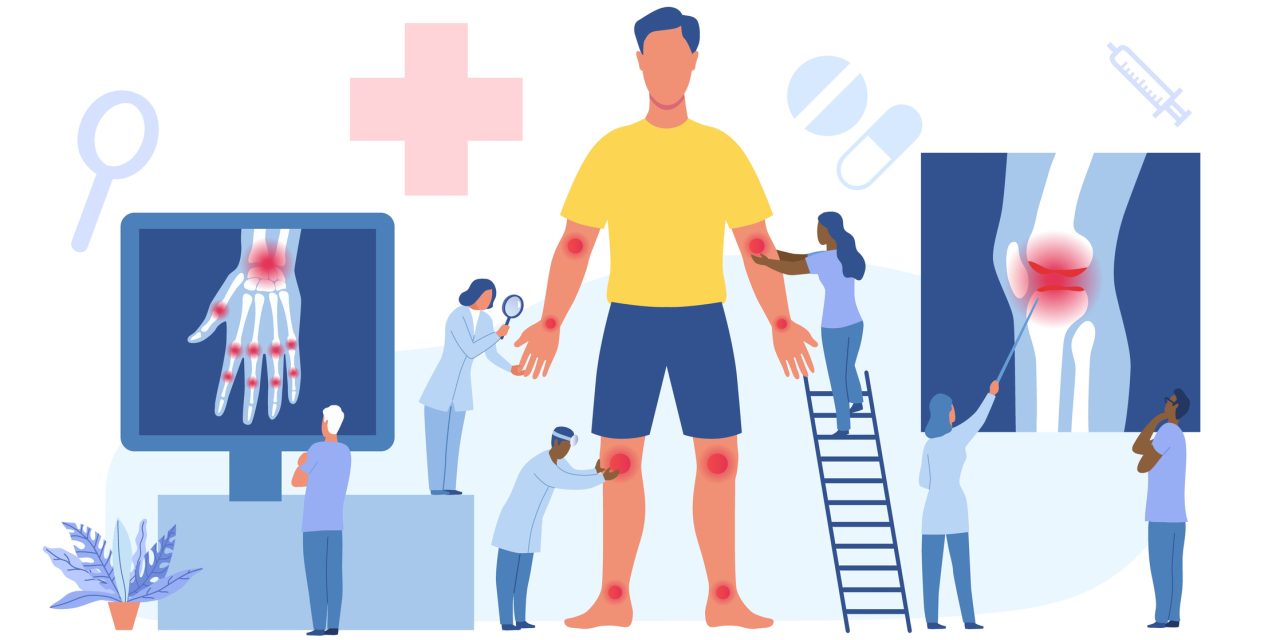In Taiwan (my country), the proportion of people 65 years or older is over 14% in 2018, which is known as entering “aged society”. More and more thoracolumbar burst fractures in the setting of osteoporosis happen nowadays. In this study, a finite element (FE) model on thoracolumbar burst fracture was established, and four types of posterior short-segment fixations were tested under normal bone quality and osteoporotic conditions.
The intact T11-L1 spine FE model was created, and one-half of the spongy bone of the T12 vertebra was removed to simulate burst fracture. Four fixation models with posterior fusion devices were established: 1. a link (S-L); 2. intermediate bilateral screws (S-I); 3. a link and calcium sulfate cement (S-L-C); 4. intermediate bilateral screws and calcium sulfate cement (S-I-C). The Young’s modulus of the osteoporotic cancellous bone was set at 70 Mpa. The range of motion (ROM), as well as the maximum value and distribution of the implant stress on T11 and L1 were compared between normal bone and osteoporotic status.
The strongest construct was S-I-C group of both normal bone and osteoporosis condition. In osteoporotic status, the ROM of construct in four types would be increased when comparing to normal bone. The stress on pedicle screws at T11 and L1 level would also be increased in osteoporosis. The value of the maximal von Mises stress on the superior vertebral body (T11) for all loading conditions was larger than that on the inferior vertebral body (L1) in both normal bone and osteoporosis.
The S-I-C provided the strongest construct even in osteoporosis status. But osteoporosis would result in weakness for spinal construct which might lead to implant failure.
Copyright © 2020 Elsevier Inc. All rights reserved.
Impact of osteoporosis on different type of short-segment posterior instrumentation for thoracolumbar burst fracture – a finite element analysis.


